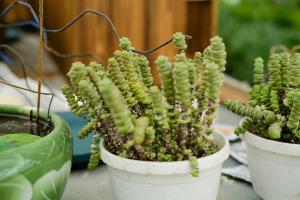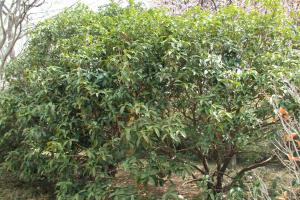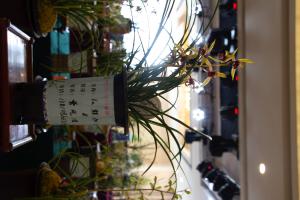Can We Plant Henna Tree at Home?
Many people love using henna as a natural dye for their hair, but not many are aware that they can grow the henna tree, Lawsonia inermis, at home. Henna is a small tree or shrub that can grow up to 6 meters tall and is native to Africa, Asia, and Australia. In this article, we will explore the possibility of planting a henna tree in your backyard and the benefits that come with it.
The Ideal Growing Conditions for Henna Tree
Before we delve into the process of planting a henna tree, let's look at the ideal growing conditions for the tree. The henna tree requires a warm and humid climate, which is why it's mostly grown in tropical or subtropical regions. It needs well-drained soil with a pH range of 4.5 to 8.2 and plenty of sunlight. If you live in an area that doesn't meet these conditions, you can still grow the tree indoors in a pot.
The Process of Planting a Henna Tree
Planting a henna tree is relatively easy, and you can do it using the following steps:
Choose a sunny spot in your backyard or a large pot to grow the tree.
Prepare the soil by adding compost or organic fertilizer to improve nutrients and drainage.
Take a cutting from a mature henna tree or purchase henna seeds from a nursery.
If starting from a cutting, dip the end in rooting hormone powder to encourage root development.
Plant the cutting or seed in a hole that's about twice the size of the root ball, and water thoroughly.
Water the tree regularly and apply a slow-release fertilizer every few months.
Prune the tree to keep it from becoming too tall or bushy.
The Benefits of Growing a Henna Tree
Growing a henna tree at home comes with several benefits, including:
Access to fresh henna leaves for making natural dyes.
Decorative value as the tree has beautiful flowers and foliage.
A source of shade and a natural air purifier.
Medicinal properties as henna leaves have antifungal and antibacterial properties that can be used to treat various skin infections.
It's a sustainable way of obtaining henna as you don't have to depend on commercial products, which may be of low quality or contaminated.
The Takeaway
In conclusion, planting a henna tree at home is a great way to incorporate nature into your life while benefiting from its diverse uses. With the right growing conditions and care, you can have a thriving tree that provides you with fresh henna leaves for dye, shade, and medicinal purposes. It's a low-maintenance tree that requires minimal effort, making it perfect for novice gardeners or those with limited space.

 how many times do yo...
how many times do yo... how many planted tre...
how many planted tre... how many pine trees ...
how many pine trees ... how many pecan trees...
how many pecan trees... how many plants comp...
how many plants comp... how many plants can ...
how many plants can ... how many plants and ...
how many plants and ... how many pepper plan...
how many pepper plan...































